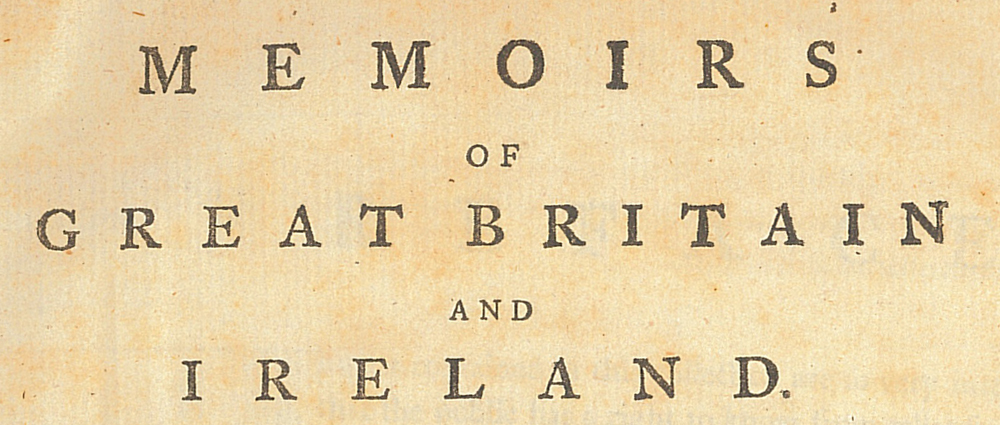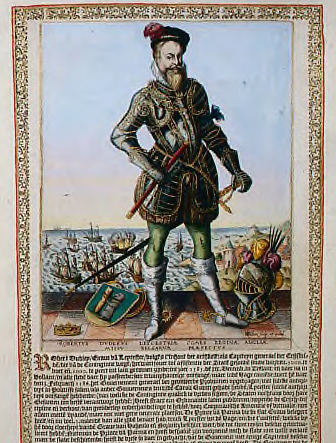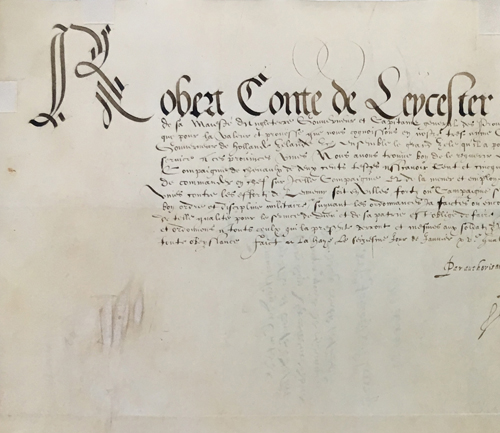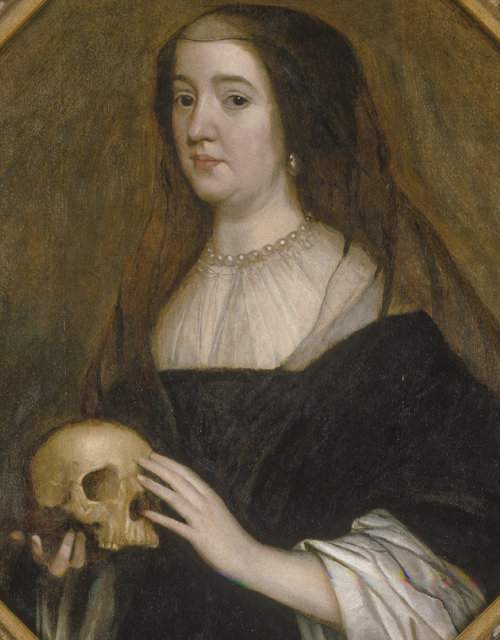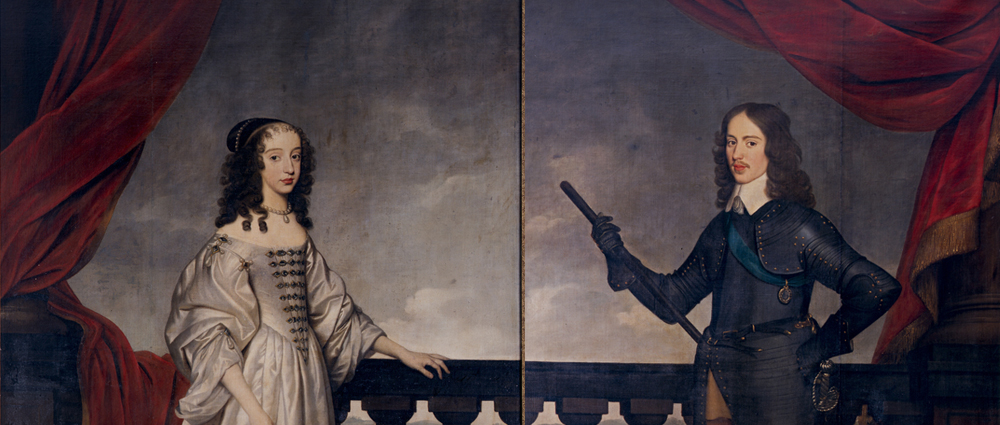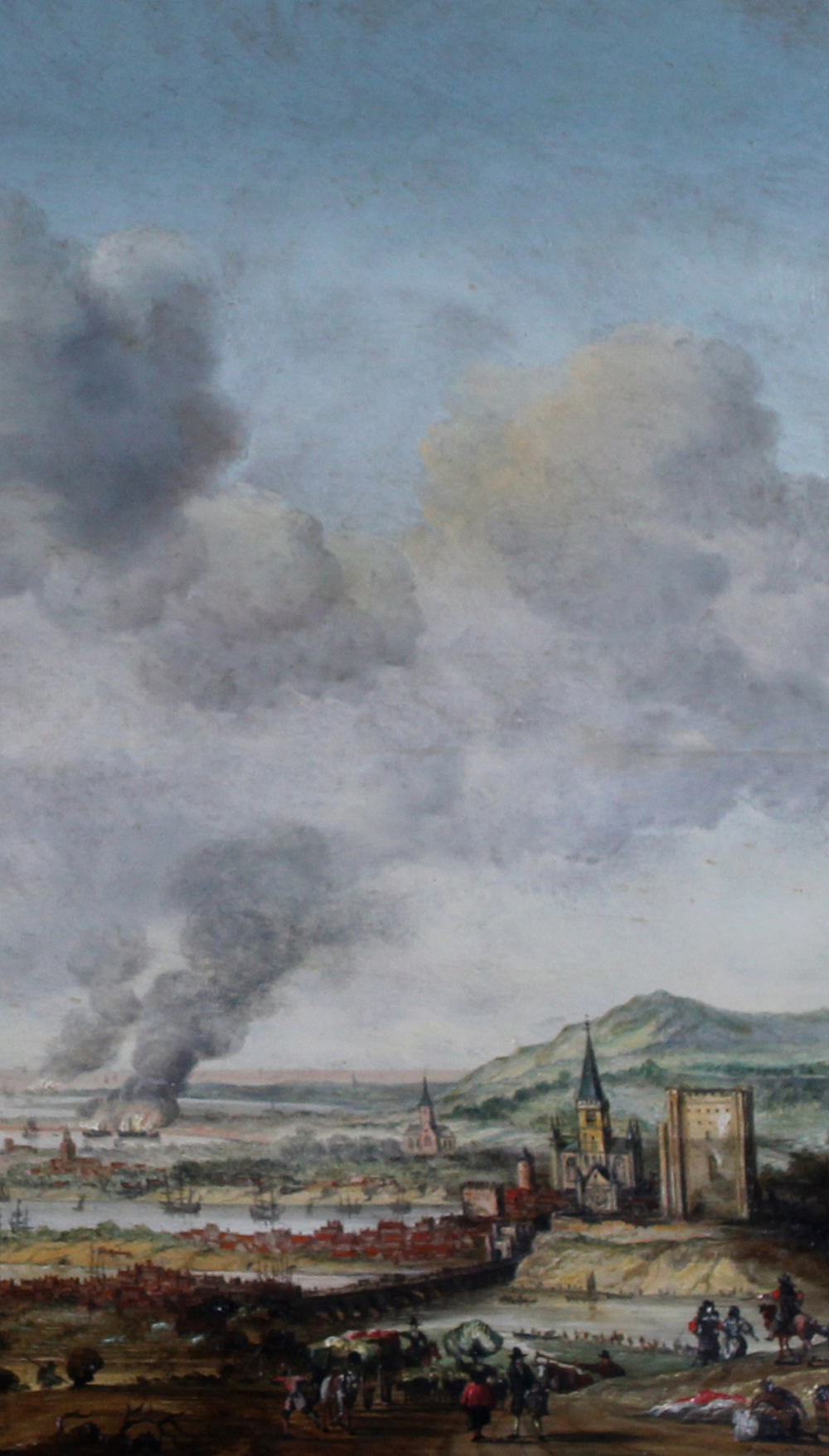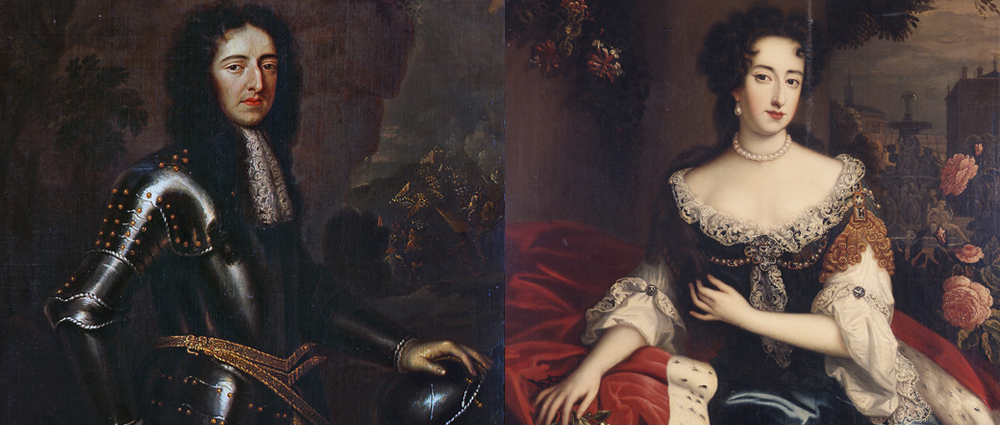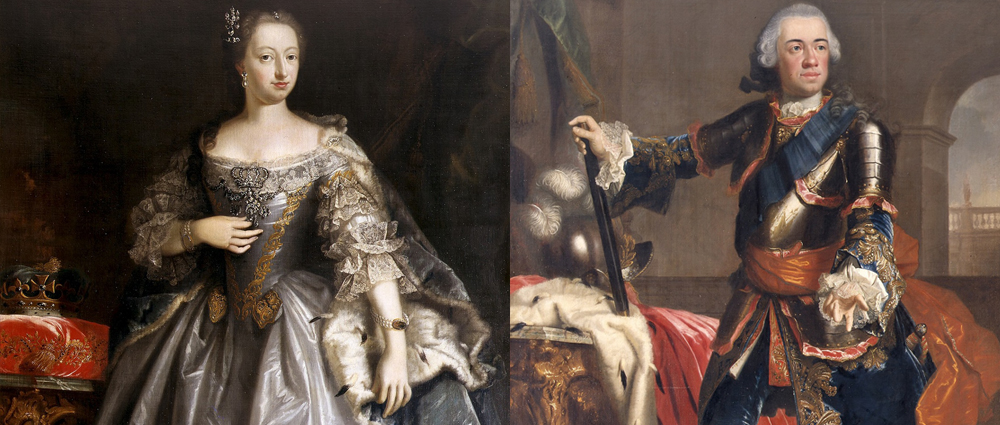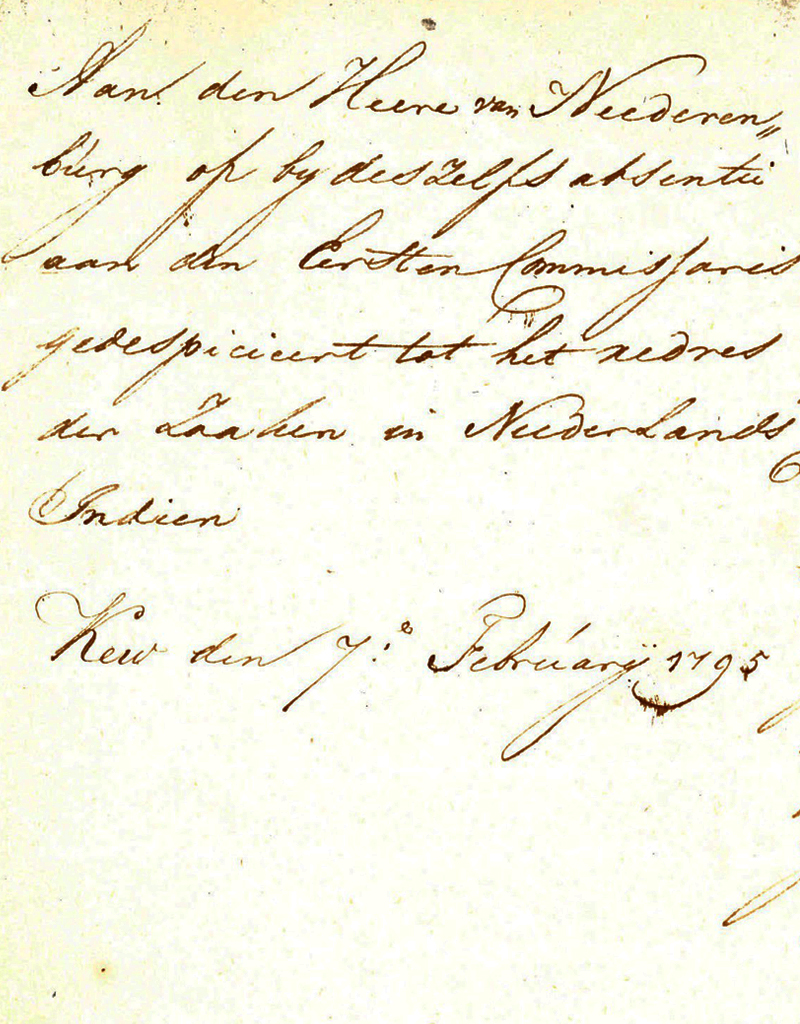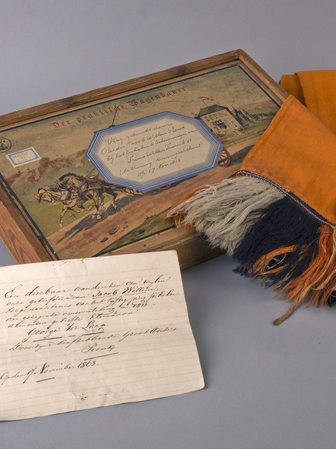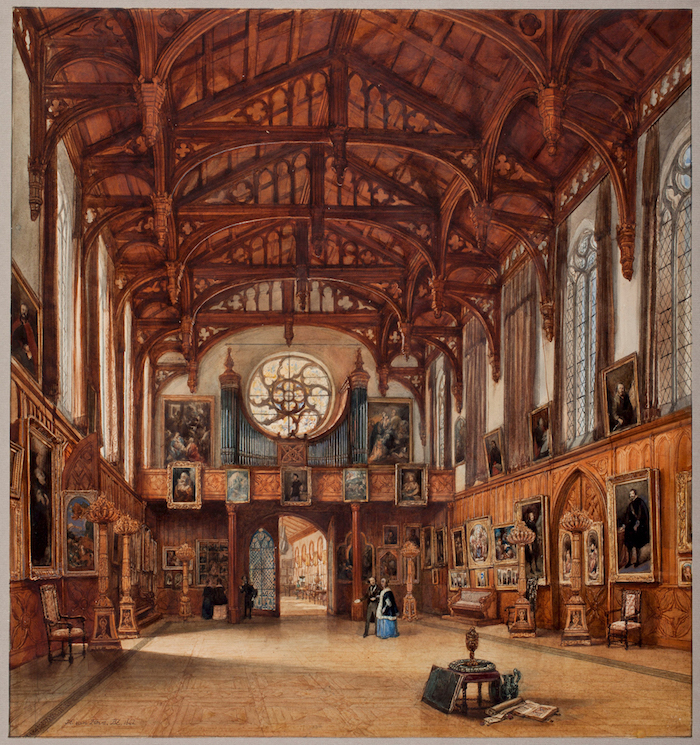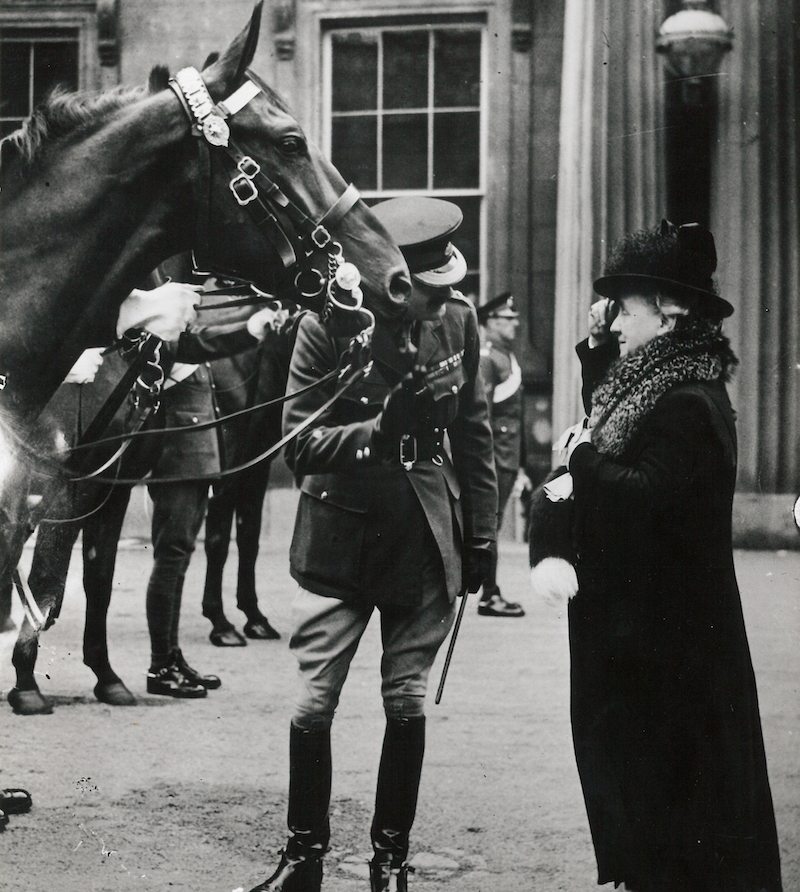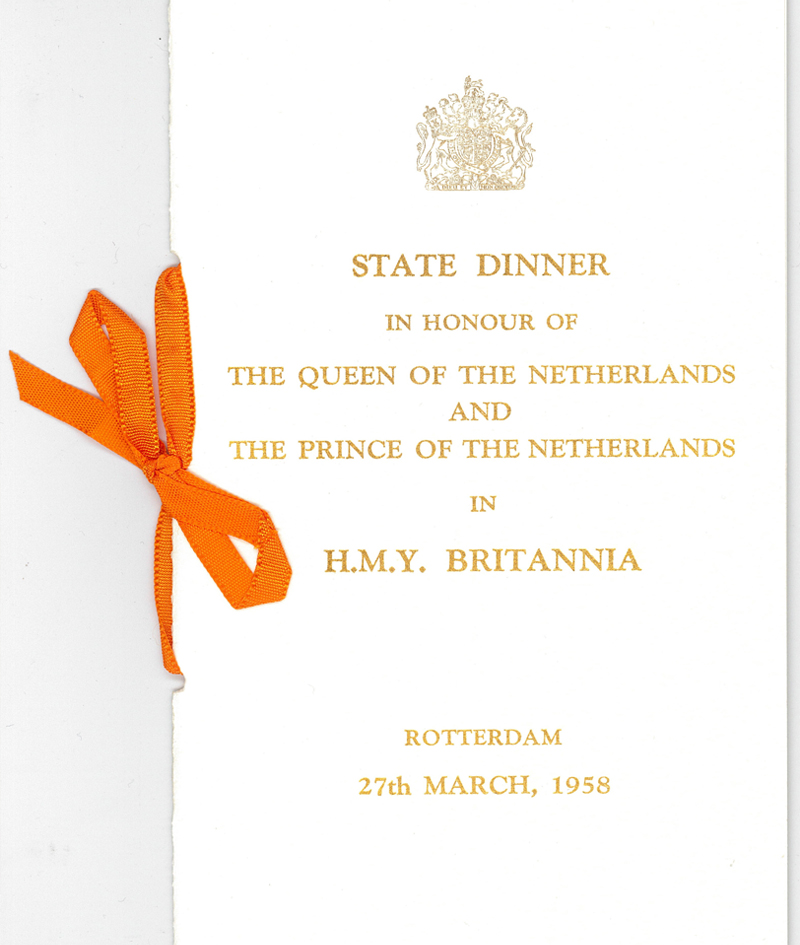15-10-2018 On 23 and 24 October 2018, King Willem-Alexander and Queen Máxima paid a visit to the United Kingdom at the invitation of Queen Elizabeth II. The ties between the Netherlands and Britain have long been close, as a look at the history of the two countries soon shows. Neighbours across the North Sea, they are linked by marriages, wars, periods of exile and, later, state visits. The first trade agreements go back as far as the early thirteenth century. With the rise of Protestantism in the sixteenth century, the complex process of attraction and opposition between the two nations grew in intensity.
AN ENGLISH SOVEREIGN?
It wasn’t until 1581, over 13 years after the start of the Eighty Years’ War, that the States General resolved to renounce the authority of King Philip II of Spain: many of the provinces of the Low Countries declared their independence through the Act of Abjuration. The road was now clear to offer sovereignty to France or England, allied countries. The insurgent provinces first offered it to the Duke of Anjou, younger brother of the French King. But when this experiment proved unsuccessful and after William of Orange was assassinated, another solution had to be found. Sovereignty was then offered to Henry III, King of France, and Queen Elizabeth I of England respectively. Both declined the honour. But in December 1585, concerned at the Spanish victories in the Low Countries under the Duke of Parma, Queen Elizabeth sent the Earl of Leicester to the Netherlands.
The States General appointed Robert Dudley, Earl of Leicester, as their governor-general, while Maurits of Nassau was made stadholder of Holland and Zeeland. However, the new governor-general and the new stadholder did not see eye to eye. The Earl increasingly clashed with Holland. As early as the second year of his governorship, Queen Elizabeth started a charm offensive aimed at Spain and she hoped that Leicester could get the Dutch on board. But after an attempt by the Earl to have Maurits and Johan van Oldenbarnevelt, a leading figure of the States of Holland, arrested, confidence in Leicester vanished and he disappeared from the stage.
ELIZABETH STUART IN EXILE IN THE HAGUE
One of the best ways of ensuring international allies was a dynastic marriage. Maurits never married, though he did try to win the hand of a British princess. As did many other suitors, for the beautiful Elizabeth Stuart was seen as a very desirable prize. On 24 February 1613, she married Frederick V, Count Palatine of the Rhine, Maurits’s cousin. When Elizabeth and Frederick arrived in Vlissingen on their way to the Electoral court in Heidelberg, they received a festive welcome from Maurits and his brother, Frederik Hendrik. Their family connection with the House of Orange stood them in good stead later on when, as the ‘Winter King’ and ‘Winter Queen’, they had to flee Bohemia. In 1621 they moved into a house on Kneuterdijk in The Hague, where Frederik Hendrik succumbed to the charms of one of Elizabeth’s ladies-in-waiting, Amalia of Solms. They married on 4 April 1625.
William II and Mary, Princess Royal
Stadholder Frederik Hendrik and Amalia of Solms made every effort to find the ideal marriage partners for their children. On 12 May 1641, at the age of 14, their eldest son William married Mary, the nine-year-old daughter of King Charles I of Great Britain in the chapel of Whitehall Palace, London. Mary was supposed to remain in England until she reached the age of twelve, but, in March 1642, the growing threat of civil war between the Royalists and Parliamentary forces caused her mother to flee to the Netherlands with her. In 1649 her father was executed. Now that the monarchy had been overthrown, England became a republic or Commonwealth, with Oliver Cromwell at its head as Lord Protector from 1653. The Dutch Republic was not without its troubles either. In 1650 stadholder William II died, eight days before the birth of his son, marking the beginning of the first Stadholderless Period. Without a sovereign, political power in England now lay with Parliament, while the Dutch Republic was governed by the States General.
Read more about the history of William II and Mary, Princess Royal.
ANGLO-DUTCH WARS
Cromwell, too, was aware of the problems faced by the two countries due to the lack of a single leader, and tried to form an alliance with the Republic of the United Provinces to boost their joint trading position. However, the Parliamentary mission he sent to The Hague left empty-handed after negotiations failed. As a result, the English Parliament passed the Navigation Act. One of the driving forces behind the Act was the fanatical George Downing, after whom Downing Street is named, and whom Cromwell appointed ambassador to The Hague in 1657. In 1652, commercial and political tensions had erupted into the First Anglo-Dutch War. Eight major naval battles ensued. Peace was concluded in 1654, but on condition that no Prince of Orange would ever again be stadholder: Johan de Witt ensured that this was laid down in a secret clause (the Act of Seclusion) to the peace treaty. Eleven years later, partly thanks to intrigues stoked by Downing, the Second Anglo-Dutch War broke out, culminating in the victorious Dutch raid on the Medway in June 1667. A month later, on 31 July, the Treaty of Breda was signed, marking an end to hostilities. Shortly afterwards the States of Holland persuaded a majority of the States General to adopt a resolution (the Perpetual Edict) abolishing the office of stadholder.
William III and Mary II
The Perpetual Edict was short-lived, however: in 1672, the ‘Year of Disaster’, William III was proclaimed stadholder of Holland and Zeeland, and later of other provinces. On 14 November 1677, William married the fifteen-year-old Princess Mary, daughter of the future King James II. After the death of King Charles II in 1685, James II, a fervent Catholic, ascended the throne. In 1688 seven notable English Protestants, ‘the Immortal Seven’, invited William to free them from a Catholic monarchy. William consequently set sail for England with a fleet of 53 heavily armed warships ‘to restore the laws and liberties of that country’. On 11 April 1689 William and Mary were jointly crowned King and Queen. Later the same year they gave the royal assent to the Bill of Rights. Reflecting the Act of Abjuration, the Bill of Rights asserted citizens’ rights and liberties. The coronation oath sworn by William and Mary also reflected these ideas, in that they swore to rule in accordance with the statutes, laws and customs of Parliament. In 1695 Mary died of smallpox. William died after a fall from his horse in 1702. The Second Stadholderless Period then ensued in the Dutch Republic, as the couple had had no children. William had designated his distant cousin Johan Willem Friso, stadholder of Friesland, as his successor, but King Frederick I of Prussia laid claim to the inheritance. The issue of succession was not resolved until 1732, with the Treaty of Partition.
Read more about the history of William III and Mary II
Anglo-Dutch marriage
In the middle of the conflict over the inheritance, Johan Willem Friso died, and his son William IV inherited the stadholderate of Friesland. In 1718 he was made stadholder of Groningen and, a few years later, of Drenthe and Gelderland. Once again, a marriage was sought with a British princess. The negotiations for a marriage with Anne, daughter of King George II, had been under way for years, but when, under the terms of the Treaty of Partition, William IV was permitted to assume the title of Prince of Orange, he became a more interesting suitor. The marriage, which took place on 25 March 1734 in the Chapel Royal at St James’s Palace in London, was a splendid affair. According to a contemporary account, ‘its Magnificence was greater and more perfect than anything ever before witnessed in this Kingdom’.
Allied against Napoleon
When William V, the son of William IV and Anne, fled with his family from Napoleon’s advancing troops in 1795, he sought refuge in Britain. On arrival, they spent a few weeks in Kew Palace, also known as ‘Dutch House’ because of its supposedly Dutch style of architecture. While there, pressurised by the British Prime Minister, William Pitt, William V wrote letters urging the Dutch to revolt against the French. He also wrote to the governors of Dutch colonies, requesting them to hand them over to the British for safekeeping. To confirm this, he wrote to King George III, asking him to occupy the Dutch colonies. After this short stay at Kew, William V and his family moved to Hampton Court Palace. European countries were banding together in the battle against the common enemy, Napoleon.
Return to the Netherlands
Meanwhile, the United Provinces were governed successively by the Patriots (an anti-Orangist movement), the nominal king Louis Bonaparte, and finally directly by his brother Napoleon. As the French annexation of the Republic wore on, discontent grew in the Netherlands. Opposing parties drew closer together, and there was a longing for the days before the revolution. In April 1813, Willem Frederik, Prince of Orange, the son of William V, travelled to England to meet the British Foreign Secretary Lord Castlereagh. On 18 May 1813, Castlereagh pledged to help restore an independent Netherlands and the Orange-Nassau dynasty in order to ensure stability in Europe. A few months later, the French were defeated by the Allies at the Battle of Leipzig and an approach was made to the Prince of Orange. Willem Frederik returned with his family on the British frigate Warrior, landing on the beach at Scheveningen, from where he had fled his country 18 years earlier.
Inspired by Britain
Meanwhile, the future King Willem II was growing up in Berlin, but was sent by his father to Oxford to pursue his studies. After completing his education, he fought at the side of the Duke of Wellington, commander of the British forces, in a number of battles against Napoleon’s forces, culminating in the Battle of Waterloo. After his return to the Netherlands, his fascination for the Gothic style of architecture of many Oxford University buildings caused him to commission various buildings in the same style. His plans for the Willemspark area of The Hague never came to fruition, but the raftered ceiling of the Gothic Hall opposite Noordeinde Palace is reminiscent of Christ Church Hall in Oxford.
St. George’s Chapel
King Willem III was in Britain when his father died. His relationship with the British Queen Victoria was somewhat awkward. Queen Victoria had got on much better with his first wife, Queen Sophie. However, the relationship improved when, on 27 April 1882, Victoria’s son Prince Leopold married Princess Helena of Waldeck and Pyrmont, the sister of Willem’s second wife, Queen Emma. The wedding took place in St George’s Chapel, Windsor. Willem was given the honour of accompanying the bride to the altar, together with her father, the Prince of Waldeck. On this festive occasion, Willem wore a general’s dress uniform, while Queen Emma wore a dark red gown.
Wilhelmina in London
When German troops invaded the Netherlands in May 1940, Queen Wilhelmina went into exile in London. Before even informing the Dutch government of her intentions, the doughty Queen crossed the North Sea on the British destroyer Hereward. From her base in London, the Queen broadcast speeches via Radio Oranje to boost the morale of the Dutch people. She also tried to lead the Resistance and supported those who sought to escape the Netherlands and cross to Britain over the North Sea. At the end of the war, the Queen returned to the Netherlands. In July 1946 Wilhelmina paid an official visit to London, where she made King George VI a present of 36 horses ‘in recognition of the role played by the Household Cavalry in liberating our country’.
Visits
The ties between the British and Dutch royal houses have been repeatedly affirmed, with many visits over the years. On 30 April 1962, Queen Elizabeth attended the celebrations marking the silver wedding anniversary of Queen Juliana and Prince Bernhard in the Spiegelzaal of the Amstel Hotel. The Queen Mother sent the royal couple ‘a tiny gift’. Various state visits and official visits have taken place. On 25 March 1958, Queen Elizabeth and Prince Philip came to the Netherlands for a three-day state visit. They had a busy programme, including a visit to the Rijksmuseum, a banquet in the Citizens’ Hall of the Royal Palace in Amsterdam, a visit to Huis ten Bosch Palace and, on the final day, a visit to Rotterdam, where the royal yacht Britannia lay moored. On board, the British royal couple hosted a farewell dinner.
